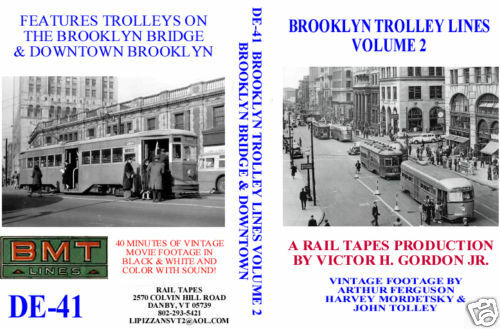-40%
Rare Third Avenue Railway System route identifyng sign panel
$ 514.79
- Description
- Size Guide
Description
DESCRIPTION: This is a rare route identifying panel from the Third Avenue Railway System. It is metal and measures 18 inches in width and 23 inches in height (26 inches including the attachment rods) and weighs 14 pounds. This sign is between 80 and 100 years old.In addition to the usual white lettering on black background route and destination roll signs in their windows all Third Avenue System cars displayed the appropriate highly visible route identifying panel on the right front exterior on both ends of each car. The entire fleet of all Third Avenue System cars was painted in the same color scheme: cream and red, and these panels followed suit: cream lettering on a red background.
The panel is two-sided: one side displays the letter "V" for the Williamsbridge line; the other side displays the letter "X"
and was used on all crosstown lines (42nd Street, 59th Sreet, 125th Street in Manhattan and the 138th Street, 149th Street, and 163rd Street and 167th Street crosstown lines in The Bronx. (Exception: The 180th Street crosstown line in The Bronx was designated the letter "Z" to distinguish it from the 167th Street crosstown line with which it shared trackage at their western terminal.)
The Third Avenue Railway Company operated an extensive streetcar network in the boroughs of Manhattan and The Bronx in New York City, while one of its subsidiaries, The Yonkers Railroad Company, operated nine lines in southern Westchester County immediately to the north of New York City, and another subsidiary, Westchester Electric Railroad, operated two lines in southeastern Westchester County.
The trackage of all of these lines was interconnected. However, the lines in The Bronx and Westchester were served by cars using trolley poles to take current from overhead wires whereas the lines in Manhattan were served by trolley-less cars that took their power by means of a so-called "plough" that hung down from the underbody of the car and engaged underground electrified rails accessed through an open slot parallel to and midway between the two running rails, the Third Avenue System, the London trams and D.C Transit in Washington being the last three systems in the world to use this "conduit" system of current collection.
The last Third Avenue line to operate in Manhattan - the 125th Street Crosstown line - was converted to buses on July 1, 1947. The last lines in
The Bronx were converted to buses on August 21, 1948. The Westchester Electric lines ended streetcar service on December 17, 1950, while the Number 7 line - the last line of the Yonkers Railroad Company and hence the last streetcar line of the entire The Avenue Railway System, was bused on November 8, 1952.
If you have the space to display this size object, this colorful eye-catching route identifying panel is a must addition to your collection of historic streetcar memorabilia.
SHIPPING/HANDLING/INSURANCE: Buyer will pay actual shipping/handling/insurance charges. As soon as the successful buyer has been determined and buyer's location becomes known, these charges will be able to be calculated and buyer will be notified of them. NOTE: Because of the size and weight of this item, packing costs will be and shipping costs have been preliminarily estimated to be between for an East Coast delivery address and for a West Coast delivery address. Local pickup is encouraged.
RETURN POLICY: Seller has attempted to describe and show through pictures this item as accurately and honestly as possible. However, if item is not as described or expected, item may be returned within 7 days of receipt of item by buyer. Buyer must use a carrier with a tracking system, must pay all shipping, handling and insurance charges for return shipment, which charges are not refundable, and must insure the shipment for the full amount of the purchase price. If the item is received by seller in the same condition in which it was originally sent to buyer, seller will refund to buyer the full purchase price, minus seller's original shipping/handling/insurance charges.













